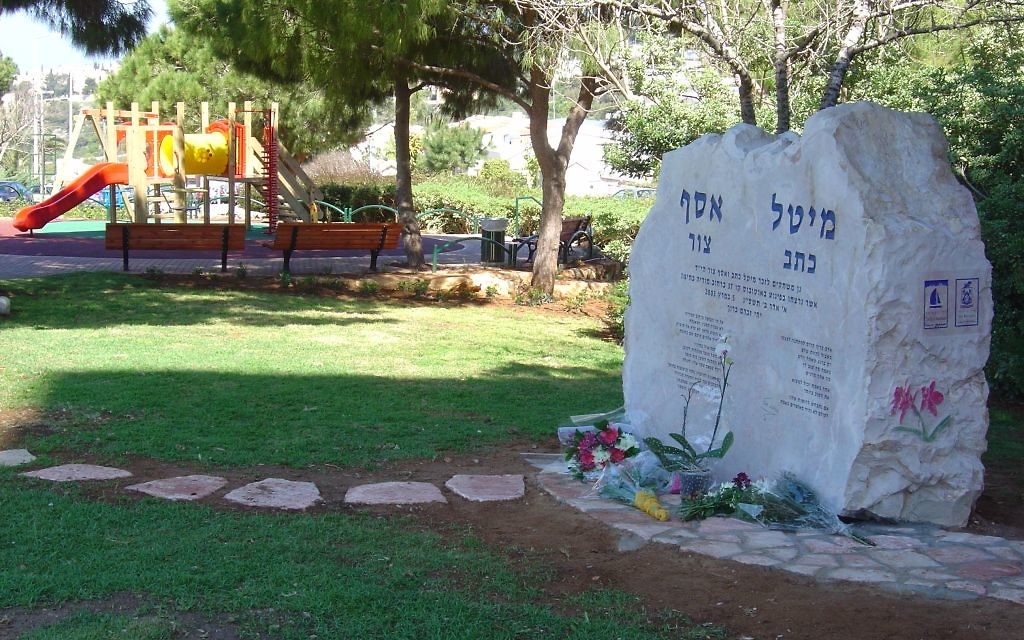Yom Hazikaron: One man’s quest to map Israel’s tragedies
Lisa Sanders discovers an Israeli's mission to memorialise victims of terror, as the Jewish state remembers those who've perished in attacks
The first picture to flash up on the screen is of a cute baby, looking out quizzically at the camera from behind his dummy. Immediately, the image switches to that of a cheeky toddler, then a smiling preschooler, an athletic pre-teen, and so on, image after image of the same engaging grin, the same sun-streaked blonde hair, a little bit older in every photo. But after a few seconds the photos begin their cycle again: baby to toddler, to schoolboy to teenager – over and over.
The boy is Asaf Zur, and he died on 5th March 2003, just before his seventeenth birthday.
A little after 2pm on that day, Asaf and his school friends got on the 37 bus in Haifa to go home.
Get The Jewish News Daily Edition by email and never miss our top stories Free Sign Up
Asaf sat on the fourth row from the back, on the left.
The bus made a further two stops before a Palestinian suicide bomber, seated just two rows in front, detonated himself.
Asaf and another sixteen passengers were killed; fifty-three were injured.
“I didn’t have any sense of premonition,” Asaf’s father, Yossi, 59, says.
On the day of the bombing, Yossi was away working in Germany. “On the contrary, I had the idiotic opinion that this couldn’t happen to us.”
Yossi’s wife Leah was the one to get the call.
She went to identify Asaf’s body.
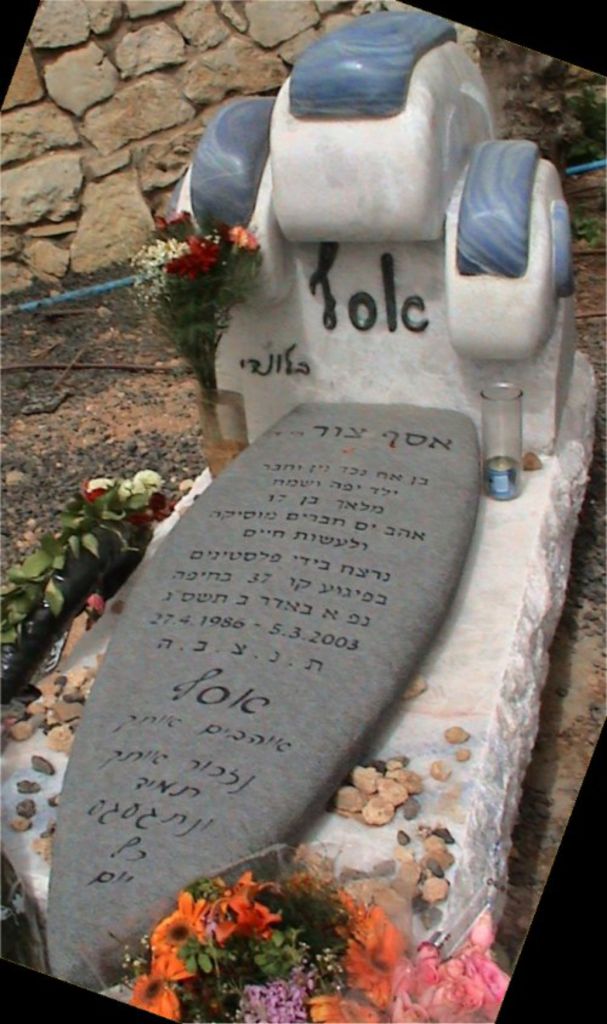
Yossi, meanwhile, frantically tried to get home.
“The first twenty-four hours were a black empty pit,” Yossi says. “I remember that I tried to buy a train ticket from the automatic machine and I couldn’t manage to press the right buttons.”
Yossi and Leah, who both work as computer scientists, chose a unique gravestone for their son: a wave breaking over a surfboard, to reflect Asaf’s love of the sea. Then Yossi built a website – blondi.co.il – dedicated to Asaf’s memory.
Keeping Asaf’s memory alive became a driving force for the bereaved father. In 2007, when Asaf would have been 21, Yossi launched a campaign to “send Asaf a stone”.
Thousands of well-wishers sent in stones from around the world, including two fragments of meteorites from space.
In 2009, Yossi urged Israeli travellers to send in a photograph of themselves holding Asaf’s poster at various locations across the globe.
In this way, Asaf would go on his “world tour”, the traditional rite of passage for many young Israelis.
Yossi also wanted a tangible memorial, so he built a playground in their Haifa neighbourhood.
By this time, the family had a new baby: Eitan, born thirty months after Asaf’s murder.
“To take Eitan to play in the playground, it was as wonderful thing,” Yossi says. “It was very special.”
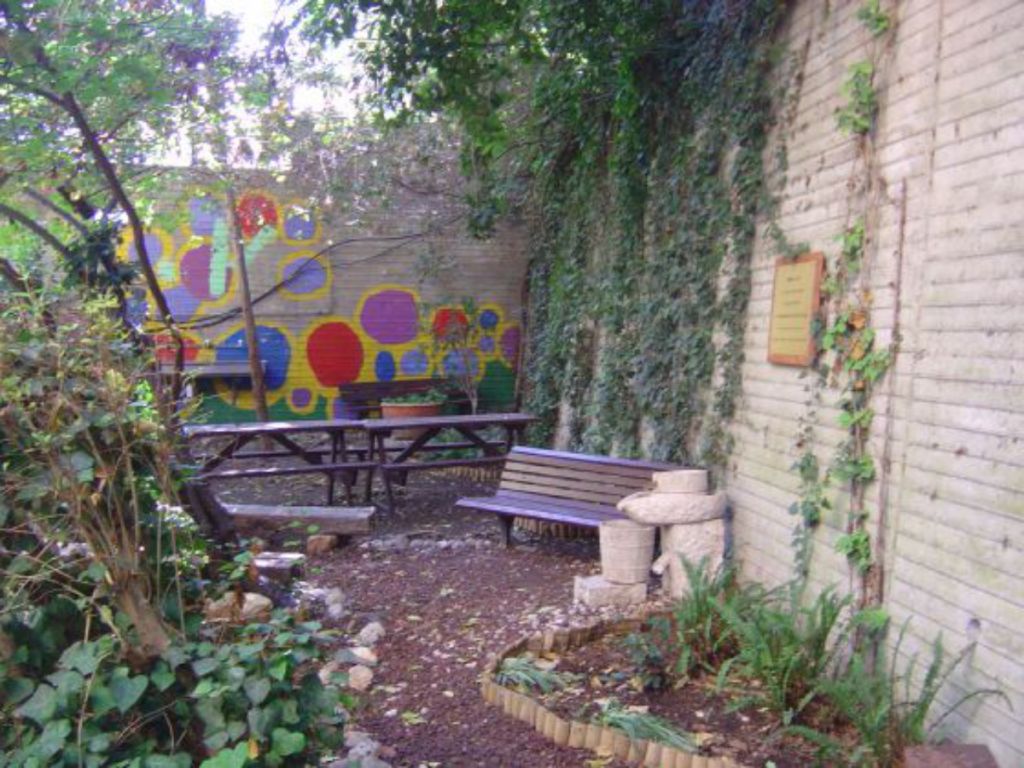
The family struggled on.
They had three surviving children to care for: Arik, three years older than Asaf; Almog, ten years Asaf’s junior, and baby Eitan. But Yossi had discovered, to his dismay, that nobody had recorded the names and locations of other memorials to terror victims, up and down the country.
There simply was no national list.
“I saw nobody is documenting [the memorials],” he says. “I did some research of my own. After a couple of months I had a list of two hundred places. I started travelling to take photos all over the place. Sometimes it took me hours to walk in fields and find them.”
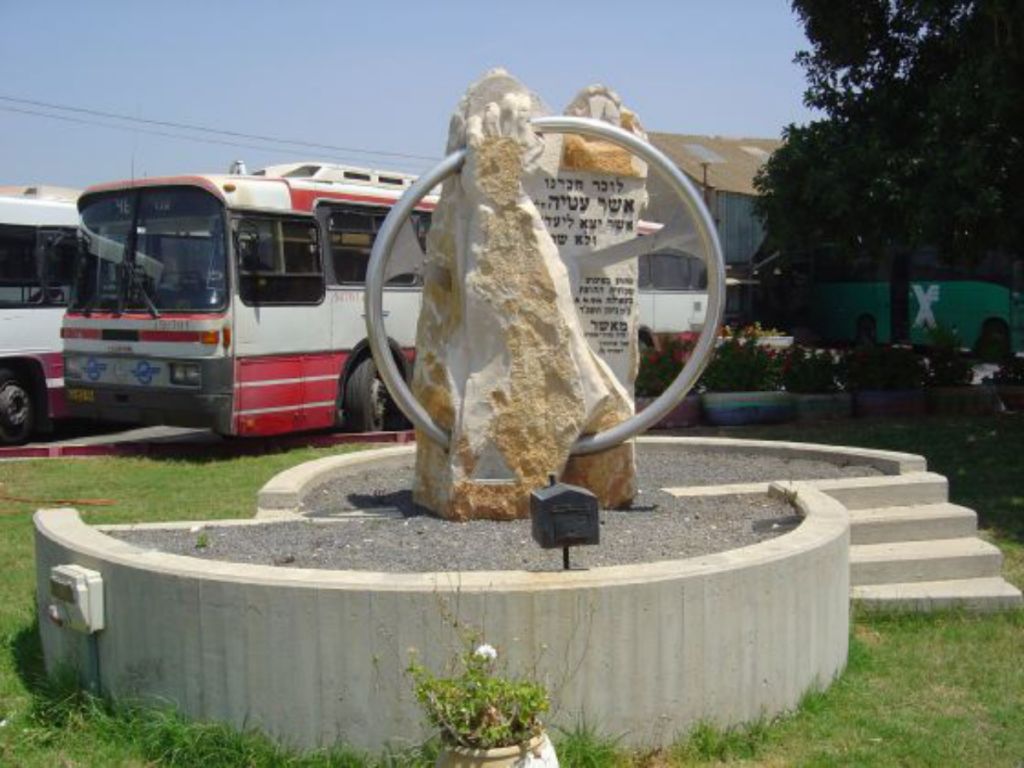
From simple plaques to benches, statues, gardens and beauty spots, Israel has hundreds of memorial sites, reflecting 70 years of tragedy after tragedy.
“I started out thinking I’d produce a book. But after I saw some, I decided a paper book would be outdated the second it would be published. Sometimes the memorials are temporary.”
The answer: another website, with a comprehensive master list of memorials commemorating terror attacks.
“It’s so important that these are not lost,” Yossi stresses to me, quoting Winston Churchill: “A nation that forgets its past has no future. It’s why I document everything.”
The site has almost seven hundred entries, covering every corner of the country, and you can see the site here: www.ezy.co.il
For example: deep in the Arava desert, a simple wooden shelter and some concrete benches stand out against the stark landscape.
The nearby plaque tells the story of five friends who, in 1953, set out to visit Petra in Jordan.
In circumstances that are still unclear, the five were killed by the Jordanians, perhaps when they went to ask for help at a police station.
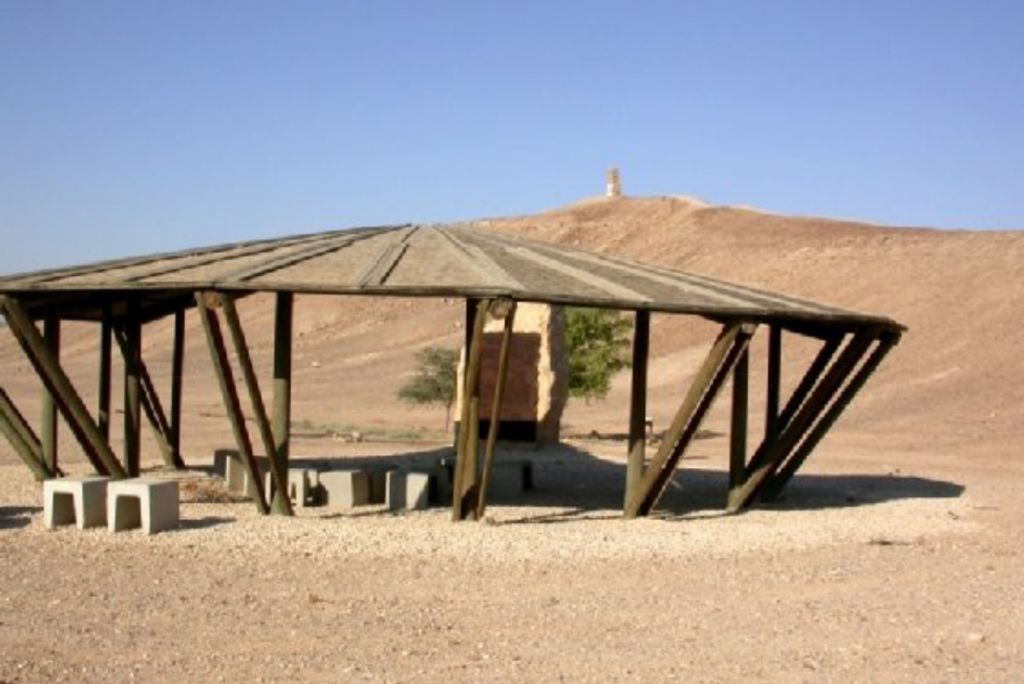
In the northern kibbutz of Kfar Blum, hidden by trailing pink bougainvillea, a modest stone plaque marks the spot where, in 1948, Ari Leshner, a kibbutz worker, was shot dead by an Arab sniper.
Listed are also the memorials for terror attacks that occurred outside the country, such as the memorial square in Eilat which commemorates 9/11.
Wait a second, I ask Yossi. Isn’t Israel’s Ministry of Defence responsible for looking after, and listing, these memorials? After all, Yom Hazikaron, the national remembrance day, commemorates both fallen soldiers and civilian victims of terror.
“The Department of Defence [has] their own website for fallen soldiers. But for civilians there’s nothing, so I did it,” Yossi says, somewhat bitterly. He adds, “There are papers at the universities that are based on information from my site. It’s the main repository, and it’s still the only one. The memorials that are gone, for example in Gush Katif, are gone forever. Now these only exist on my site.”
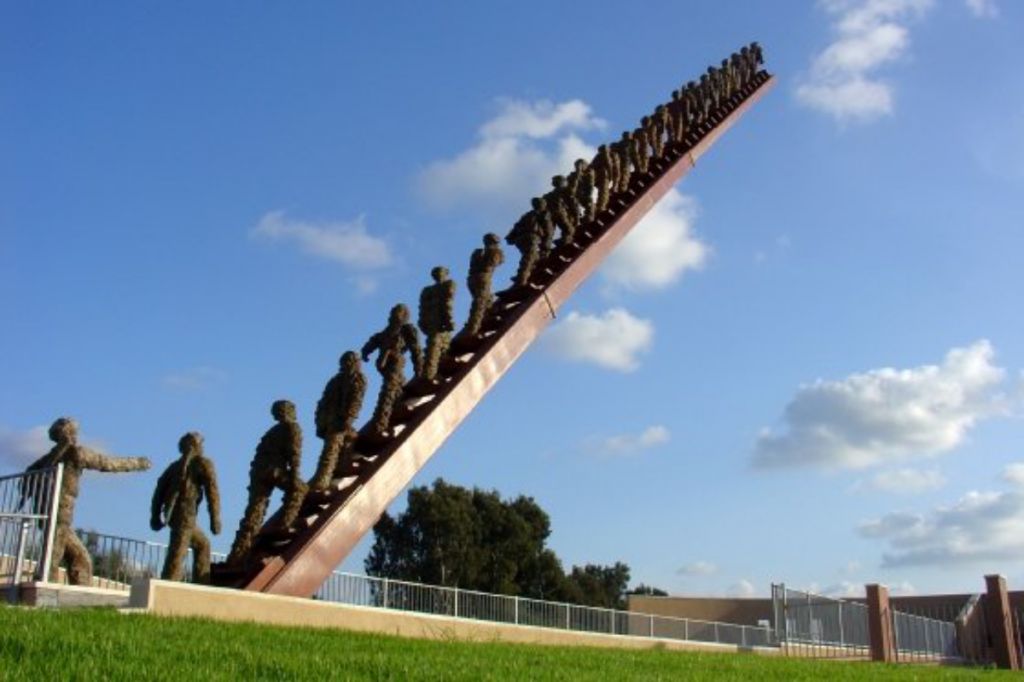
Since Israel’s official bodies don’t provide funding, Yossi’s project has to rely solely on donations. But it’s too important to him to stop now. In fact, the site has taken on a whole new dimension.
A People Remembers is a new smartphone application, launched in time for this year’s Yom Hazikaron.
On opening it, the user is greeted by the map of Israel, covered entirely by a myriad of red place markers – each one a clickable link, in English or Hebrew – with information and photos.
Users can “leave a flower”, digitally of course, with a message of remembrance.
Yossi is now a grandfather, is still working, and is still searching for new ways to memorialise Israel’s victims of terror, and by so doing, to keep Asaf’s memory alive. He signs himself, “Yossi Zur, Asaf’s father”.
“Death doesn’t come with old age,” he writes, quoting the author Gabriel Garcia Marquez. “Death comes when one is no longer remembered”.
- You can see Yossi Zur’s site here: www.ezy.co.il

Thank you for helping to make Jewish News the leading source of news and opinion for the UK Jewish community. Today we're asking for your invaluable help to continue putting our community first in everything we do.
For as little as £5 a month you can help sustain the vital work we do in celebrating and standing up for Jewish life in Britain.
Jewish News holds our community together and keeps us connected. Like a synagogue, it’s where people turn to feel part of something bigger. It also proudly shows the rest of Britain the vibrancy and rich culture of modern Jewish life.
You can make a quick and easy one-off or monthly contribution of £5, £10, £20 or any other sum you’re comfortable with.
100% of your donation will help us continue celebrating our community, in all its dynamic diversity...
Engaging
Being a community platform means so much more than producing a newspaper and website. One of our proudest roles is media partnering with our invaluable charities to amplify the outstanding work they do to help us all.
Celebrating
There’s no shortage of oys in the world but Jewish News takes every opportunity to celebrate the joys too, through projects like Night of Heroes, 40 Under 40 and other compelling countdowns that make the community kvell with pride.
Pioneering
In the first collaboration between media outlets from different faiths, Jewish News worked with British Muslim TV and Church Times to produce a list of young activists leading the way on interfaith understanding.
Campaigning
Royal Mail issued a stamp honouring Holocaust hero Sir Nicholas Winton after a Jewish News campaign attracted more than 100,000 backers. Jewish Newsalso produces special editions of the paper highlighting pressing issues including mental health and Holocaust remembrance.
Easy access
In an age when news is readily accessible, Jewish News provides high-quality content free online and offline, removing any financial barriers to connecting people.
Voice of our community to wider society
The Jewish News team regularly appears on TV, radio and on the pages of the national press to comment on stories about the Jewish community. Easy access to the paper on the streets of London also means Jewish News provides an invaluable window into the community for the country at large.
We hope you agree all this is worth preserving.
-
By Brigit Grant
-
By Laurent Vaughan - Senior Associate (Bishop & Sewell Solicitors)
-
By Laurent Vaughan - Senior Associate (Bishop & Sewell Solicitors)
-
By Laurent Vaughan - Senior Associate (Bishop & Sewell Solicitors)
-
By Laurent Vaughan - Senior Associate (Bishop & Sewell Solicitors)


